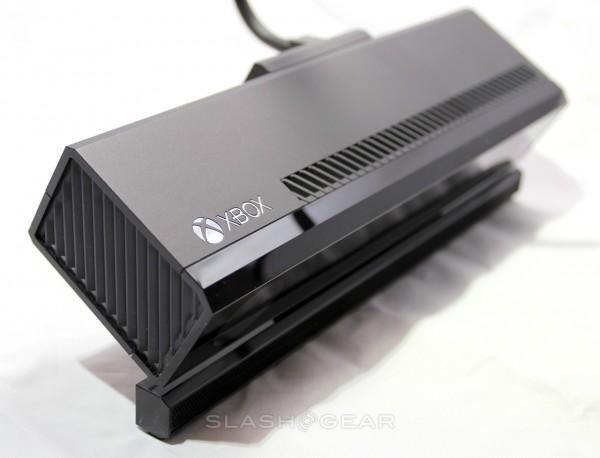Why Microsoft Just Killed The Kinect
It's all over. Microsoft's Kinect, which has improved greatly since its launch on the Xbox 360, is officially on a death march that won't slow down.Microsoft announced recently that in order to bring its console price down, it will soon start selling the Xbox One without a Kinect. The new price tag for the bundle — $399 – will certainly attract those who have been turned off by the $499 price, but is it really in the best interests of Microsoft?
Since the Xbox One's announcement, Microsoft has been affected greatly by public opinion. First it was the requirement to check in through Xbox Live each day that was nixed, then Microsoft felt it important to tell everyone that while Kinect was initially required for development, it wouldn't have to be. The company's pre-launch experience was one of apologies and half-steps on a march to a new generation.
Kinect in Focus: Smart Homes and Cortana
Since the Xbox One launched last year, the console's sales haven't lived up to Microsoft's grand desires. Part of that is undoubtedly due to its high price tag, but Microsoft did an utterly awful job of proving to the consumer base that the value it was providing by bundling the Kinect and Xbox One together was greater than they believed.
Microsoft allowed consumers to only look at the device's price tag without acknowledging the value they were receiving in return.

Microsoft knew from the beginning that bundling the Kinect with the Xbox One was important. If the sensor is to be successful, developers need to know that every person who owns an Xbox One also has a Kinect. And the idea from the beginning was to get gamers to plug in their Kinects to ensure they get additional gaming experiences.
With Microsoft now choosing to leave the Kinect out of its bundle, everything changes. The Kinect is now an accessory and there's no guaranteeing developers that gamers will have the device in their homes. That means automatic Kinect support will go away, and eventually, developers will likely ignore the Kinect, just like they did the first time around on the Xbox 360.
It's easy to look at the Kinect as something that could enhance gameplay, but it's far more informative to look at it through the lens of the average developer. Developers will only build features into their games if they know that (a) it adds value to the title and (b) enough people have the product to take advantage of the feature.
Let's stop pretending Kinect is just a gaming device
Now that Microsoft has removed the Kinect from its Xbox One bundle, few developers will feel the need to support Kinect to the extent they might have with a Kinect-included bundle.
Granted, Microsoft is still selling bundles with Kinect and some gamers could buy the Kinect on their own, but developers won't know who will actually do so. And that means they'll be less likely to support the device.
Like it or not, Microsoft was on the right path when it decided to make us all get the Kinect with the Xbox One. It forced developer hands and it extended the value of Kinect. But now that the sensor is gone from a bundle, developers will stop supporting it and the device will join the junk heap of gaming history.
Yet another bad move, Microsoft. Poorly played.
